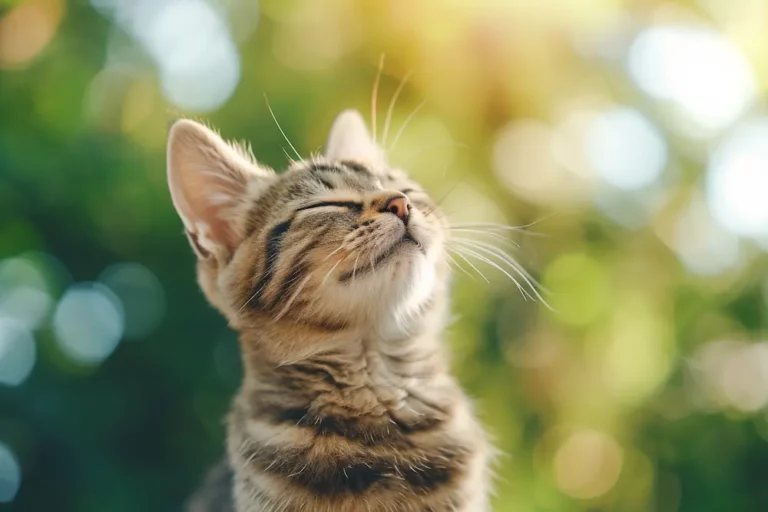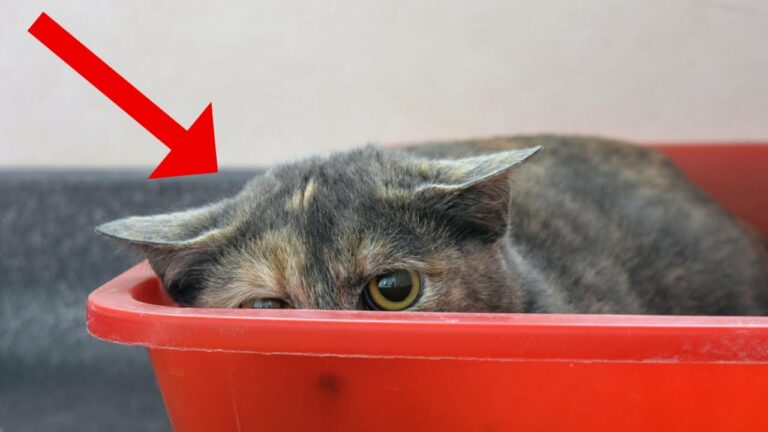Should Cats Be Living Indoors Or Outdoors?
Have you ever found yourself at the crossroads, debating whether your
It’s a dilemma many
What if I told you that most veterinarians lean towards keeping your
Surprisingly, even though the freedom outdoor life seems to offer, indoor cats can lead equally joyful and fulfilling lives, without the risks that the great outdoors presents.
Choosing between an indoor and outdoor lifestyle for your
Indoor cats are protected from the myriad of dangers lurking outside—from diseases and parasites to the risk of accidents.
Plus, they often live up to three times longer than their outdoor counterparts.
This article will jump into the heart of this debate, shedding light on the pros and cons of each choice to help you make an well-informed choice.
Whether you’re leaning towards keeping your kitty safe indoors or considering giving them a taste of the outside world, you’ll find valuable insights here.
Evaluating Pros and Cons: Indoor vs. Outdoor Cats
When it comes to deciding whether to let your
But as someone deeply engrossed in the well-being of our
Let’s explore both sides of this debate.
The Security and Wellness of Indoor Cats
Keeping cats indoors is widely recommended by veterinarians and animal welfare organizations.
This practice significantly minimizes the risks cats face when they step outside the safety of their home.
Indoor cats are sheltered from the dangers of traffic, which remains a leading cause of death for outdoor cats.
They are also protected from potential threats like attacks from other animals or cruel acts from people who may wish them harm.
Also, the health benefits for indoor cats can’t be overlooked.
By staying indoors, cats avoid exposure to contagious diseases such as feline leukemia virus (FeLV) and feline immunodeficiency virus (FIV), which are primarily spread through contact with infected cats.
They’re also less likely to pick up parasites like fleas, ticks, and ear mites.
But, indoor living doesn’t come without its challenges.
Cats retain their hunting instincts and need adequate mental and physical stimulation.
Without it, they may become bored or develop destructive behaviors.
Hence, it’s essential for indoor
The Freedom and Risks of Outdoor Cats
Allowing cats to roam outdoors caters to their exploratory nature and provides them with unparalleled freedom.
Outdoor cats can climb trees, hunt, and engage in behaviors that fulfill their instinctual needs.
This can lead to a more stimulated and seemingly happier
Every time your
From my observations and findings, traffic accidents pose a considerable risk, even for the most street-savvy cats.
Also, outdoor cats are at an increased risk of contracting diseases from other animals.
They can also suffer from environmental hazards such as pesticides or antifreeze, which can be lethal.
The risk of getting into fights with other cats or wildlife further exposes outdoor cats to injuries and diseases.
Such altercations can result in costly veterinary bills and a lot of pain for your
Besides, there’s the heart-wrenching possibility of your
Eventually, allowing cats to wander outdoors might satisfy their natural inclinations, but it significantly endangers their health and longevity.
Health Implications for Outdoor Cats
In my years of exploring and writing about feline behavior and well-being, I’ve uncovered significant insights into the health implications for cats living or spending time outdoors.
While the allure of the great outdoors is undeniable for our cats, several health-related risks lurk in those enticing shadows.
Let me walk you through the major concerns and offer advice on keeping your adventurous
Pathogens and Parasites
Let’s jump into the microscopic world of pathogens and parasites first.
Outdoor cats are at a higher risk of encountering a slew of unwelcome guests.
Fleas, ticks, ear mites, gastrointestinal worms, and the dreaded ringworm — a fungal infection not actually a worm, but just as pesky — are common freeloaders.
These parasites are more than mere annoyances; they can cause a range of issues from mild irritation, such as scratching and skin infections, to more severe problems like vomiting and diarrhea.
For example, fleas, which are little acrobatic pests, can transmit tapeworms to your
Similarly, ticks are not just clingy; they are vectors for diseases such as Lyme disease.
Imagine your
Hence, an ounce of prevention, in the form of regular topical treatments or medications, is worth a pound of cure here.
Potential Hazards in the Great Outdoors
Moving beyond the invisible threats, the great outdoors hosts more visible dangers that can threaten your
Traffic accidents, unfortunately, top this list.
Picture a quiet suburban street; it might seem safe, but for an outdoor
Even the most cautious of cats can misjudge a fast-approaching vehicle.
Besides, other animals pose a considerable threat.
It’s not uncommon for outdoor cats to engage in fights with other cats, leading to injuries or the transmission of diseases.
Beyond other felines, dogs, coyotes, and even predatory birds can harm or, in the worst-case scenario, kill outdoor cats.
And let’s not forget about the human element.
Not everyone appreciates cats in their yard.
From the innocuous irritation of finding paw prints on a freshly washed car, something my neighbor still grumbles about, to the more sinister actions of people who view cats as pests, the range of human responses to seeing a
Some of these responses can be harmful to cats.
Behavioral Aspects: Indoor Confinement vs. Outdoor Exploration
Exploring the behavioral aspects of whether to keep our cats indoors or allow them the freedom to roam outdoors can be quite the quandary.
As a devoted
Let me walk you through the intricacies of stress and behavior in indoor cats as well as the natural instincts and outdoor behavior that these wonderful creatures exhibit.
Stress and Behavior in Indoor Cats
Indoor confinement, while ensuring the physical safety of our cats, can sometimes lead to stress and behavioral issues.
Indoor cats might exhibit signs of boredom or anxiety, such as over-grooming or scratching furniture.
For instance, my friend’s
Hence, it’s essential to provide a stimulating environment for indoor cats.
This can include
Regular playtime is not just a suggestion; it’s a requirement for indoor cats.
Engaging in daily play sessions with toys like laser pointers or feather wands mimics the outdoor hunting experience, keeping them both physically fit and mentally sharp.
Besides, consider creating a ‘safe outdoor space’, like a catio.
A catio provides the perfect compromise, allowing your
Natural Instincts and Outdoor Behavior
On the flip side, outdoor exploration taps into a
These behaviors are hardwired into their DNA, and the outdoor environment is suited perfectly for these activities.
Let’s take the example of my neighbor’s
This outdoor exploration satisfies his predatory instincts in a way indoor life simply cannot.
But, allowing cats outdoors also exposes them to risks such as traffic accidents, predatory animals, and harmful substances.
It’s a trade-off between fulfilling their natural behaviors and ensuring their safety.
To mitigate these risks, some
To conclude, understanding the behavioral needs of your
Providing a stimulating indoor environment can help reduce stress and behavioral issues, while incorporating supervised outdoor activities can satisfy their instinctual urges safely.
Every
Lifespan Considerations: Indoor Comfort vs. Outdoor Survival
The debate between keeping cats indoors or allowing them outdoor access often circles back to one pivotal aspect: lifespan.
My years of research and observations have led me to a nuanced understanding of how indoor comfort and outdoor survival intersect, influencing the longevity of our feline companions.
Indoor cats, cocooned in the safety of home, are insulated from the myriad risks that outdoor cats face daily.
From my experience, a
Wrapping This One Up
Deciding whether to keep your
Through my journey, I’ve learned the importance of striking a balance.
It’s about creating a stimulating indoor environment while cautiously introducing them to the outdoors, if that’s a path you choose.
Remember, the goal is always to ensure your furry friend’s well-being, whether they’re scaling
Keeping them healthy with regular vet visits and preventive care is non-negotiable, regardless of their living situation.
Trust me, finding that sweet spot between safety and stimulation will make all the difference in your






